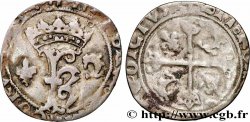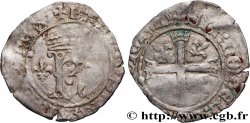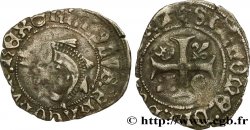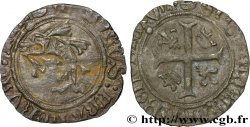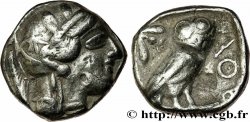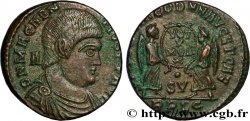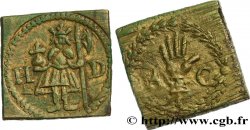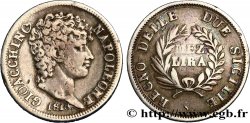Live auction - bry_931707 - CHARLES VIII Écu d'or au soleil n.d. Saint-Lô
You must signin and be an approved bidder to bid, LOGIN TO BID. Accounts are subject to approval and the approval process takes place within 48 hours. Do not wait until the day a sale closes to register. Clicking on "BID" constitutes acceptance of the terms of use of cgb.fr private live auctions.
Bids must be placed in whole Euro amounts only. The sale will start closing at the time stated on the item description; any bids received at the site after the closing time will not be executed. Transmission times may vary and bids could be rejected if you wait until the last second. For further information check the Live auction FAQ
All winning bids are subject to a 18% buyer’s fee.
All winning bids are subject to a 18% buyer’s fee.
| Estimate : | 1 300 € |
| Price : | 920 € |
| Maximum bid : | 920 € |
| End of the sale : | 24 September 2024 16:31:12 |
| bidders : | 6 bidders |
Type : Écu d'or au soleil
Date: 11/09/1483
Date: n.d.
Mint name / Town : Saint-Lô
Metal : gold
Millesimal fineness : 963 ‰
Diameter : 26 mm
Orientation dies : 3 h.
Weight : 3,44 g.
Rarity : R1
Coments on the condition:
Cet écu d’or est frappé sur un flan un peu court, irrégulier et légèrement voilé. L’un des lis de la croix du revers apparaît en négatif à gauche de l’écu de France
Catalogue references :
Predigree :
Monnaie provenant de la collection Jean-Pierre Garnier et achetée lors d’une vente Alain Weil à Evreux du 26 janvier 1992 (trésor normand)
Obverse
Obverse legend : (COURONNE) KAROLVS° DEI° GRA° FRANCORVM° REX (QUATREFEUILLE), (PONCTUATION PAR DEUX ANNELETS SUPERPOSÉS).
Obverse description : Écu de France couronné sous un soleil.
Obverse translation : (Charles, par la grâce de Dieu, roi des Francs).
Reverse
Reverse legend : (COURONNE) XPS° VINCIT° XPS° REGNAT° XPS° IMPERAT (QUATREFEUILLE), PONCTUATION PAR DEUX ANNELETS SUPERPOSÉS).
Reverse description : Croix fleurdelisée avec quadrilobe en cœur.
Reverse translation : (Le Christ règne, le Christ vainc, le Christ commande).
Commentary
Écu d’or assez rare avec une couronne initiale et un quatrefeuille en fin des légendes.








 Report a mistake
Report a mistake Print the page
Print the page Share my selection
Share my selection Ask a question
Ask a question Consign / sell
Consign / sell
 Full data
Full data